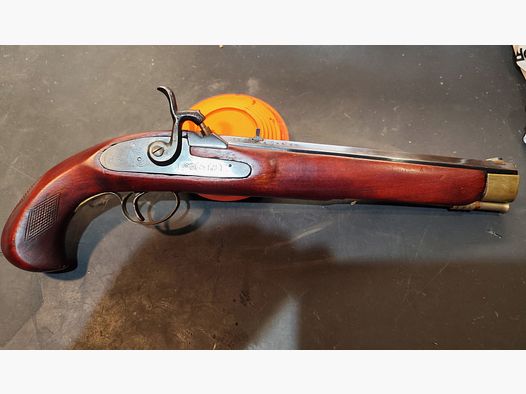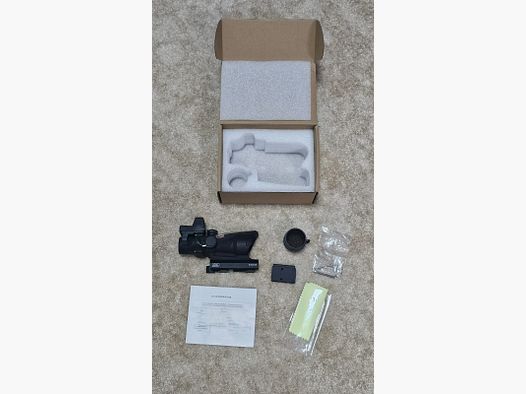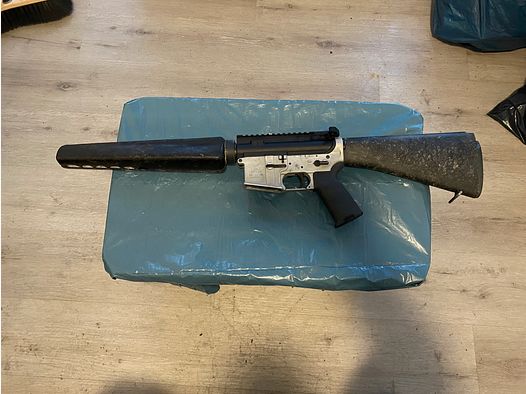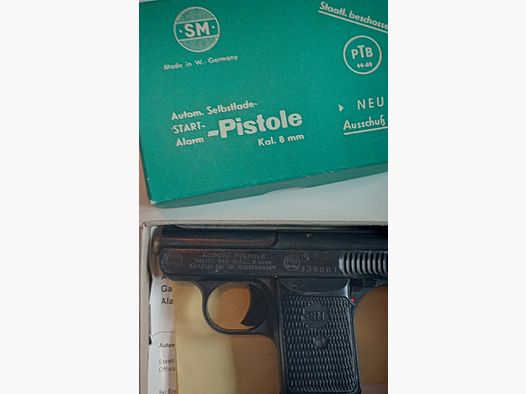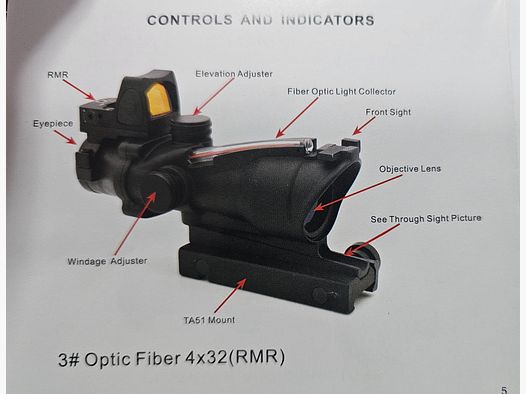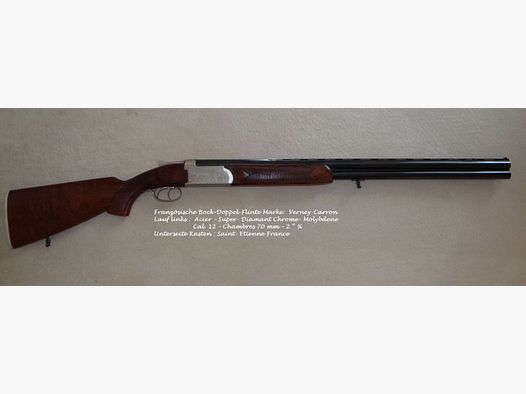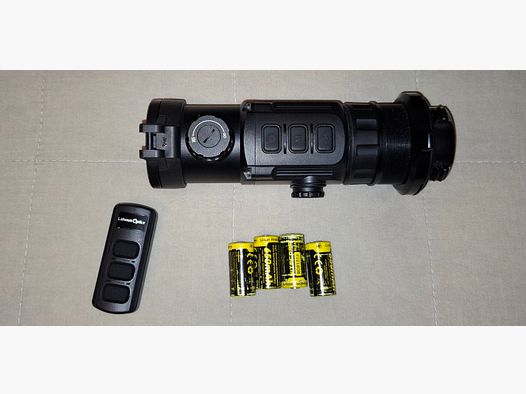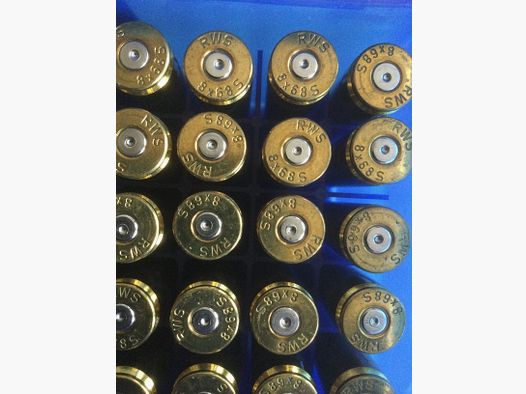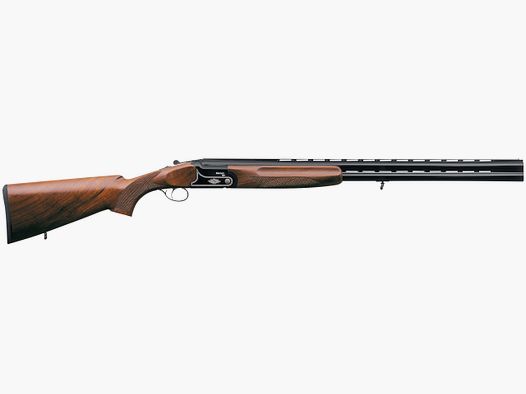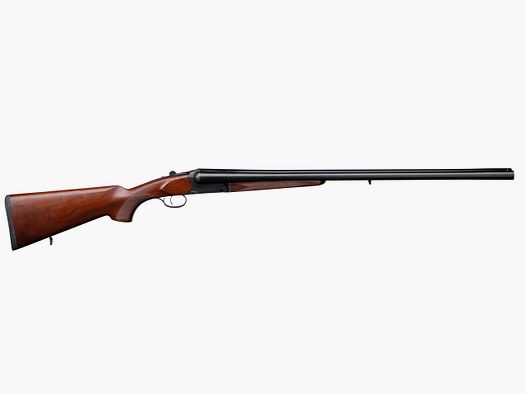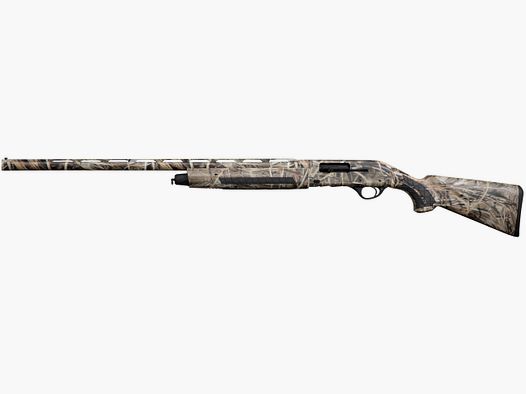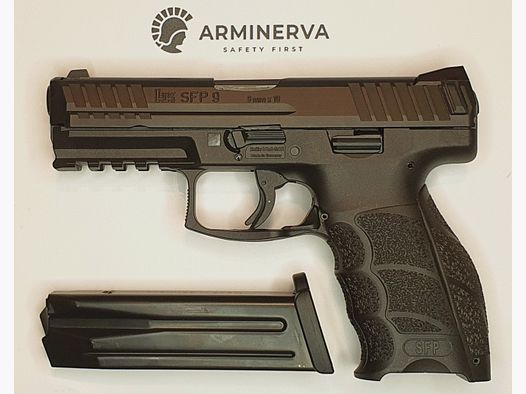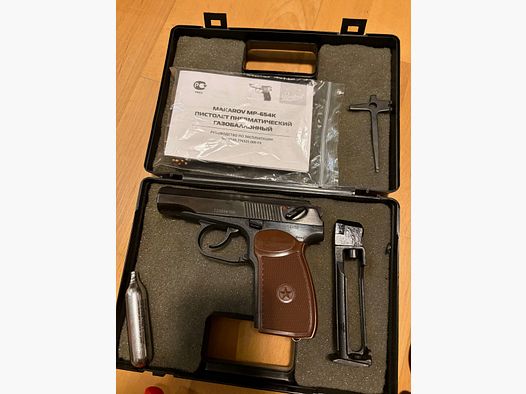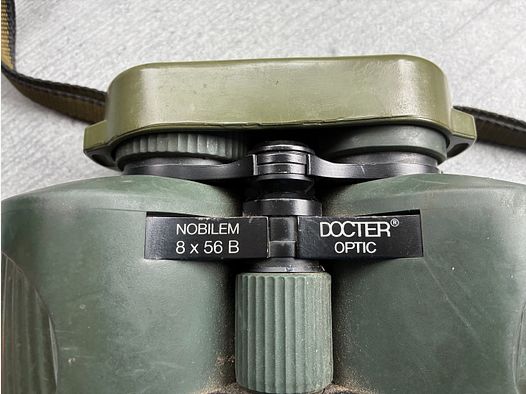Budget and premium optics differ in quality, performance, and durability. Budget models are cheaper and meet basic requirements, while premium optics impress with better image quality, more robust materials, and longer lifespan. Here are the main differences:
- Materials: Budget optics use simple glass and aluminum, while premium models rely on ED glass, BAK-4 prisms, and aircraft aluminum.
- Image Quality: Premium optics offer better light transmission, fewer color fringes, and sharper images, especially in low light conditions.
- Durability: Premium models are waterproof, shock-resistant, and more durable; budget models provide only basic protection.
- Price: Budget models often cost under €300, while premium optics start at €1,500 and offer more value in the long run.
Quick Comparison
| Feature | Budget Optics | Premium Optics |
|---|---|---|
| Materials | Simple glass, aluminum | ED glass, BAK-4 prisms, titanium |
| Image Quality | Solid in daylight | Clarity even in twilight |
| Durability | Water-resistant, basic protection | Waterproof, durable |
| Price | Under €300 | From €1,500 |
Recommendation: For beginners or occasional users, budget models are often sufficient. However, those who regularly operate in demanding environments should invest in premium optics.
The 1st Scope for Hunting - Our 6 Recommendations from Low Budget to High End
Materials and Build Quality
The choice of materials makes a decisive difference between budget and premium optics. While cheaper models rely on simple and cost-saving materials, premium manufacturers use high-quality components that enhance both performance and longevity. Let's take a closer look at the differences.
Budget Optics: Simple and Functional
Budget optics often use standard glass and simple coatings to keep production costs low. The housing is typically made of aluminum, which receives only basic surface treatments. The optical elements are often based on BK-7 prisms—a cheaper type of glass that does not offer the same optical quality as higher-end alternatives.
The lens coatings are usually kept simple. Instead of multiple coatings, often only a single-coated coating is used. This reduces reflections but does not achieve the light transmission required for optimal image quality. Especially in low light, this results in less clear and sharp images.
Plastic is often used in budget models for less critical parts like eyecups or protective covers, further reducing costs.
Premium Optics: High-Quality Materials for Best Results
Premium optics, on the other hand, rely on state-of-the-art materials such as ED glass or fluorite crystals. These minimize chromatic aberrations and provide sharper, more contrast-rich images.
Instead of the cheaper BK-7 prisms, premium models use BAK-4 prisms made from high-quality optical glass. These offer better edge sharpness and brighter images.
The housing is also of higher quality: materials like aircraft aluminum or titanium provide lower weight, higher stability, and resistance to extreme temperatures and shocks. The lenses are fully multi-coated, meaning that every glass surface is treated with special anti-reflective coatings. The result is significantly improved light transmission.
Material Comparison Table
| Component | Budget Optics | Premium Optics |
|---|---|---|
| Prism Type | BK-7 prisms | BAK-4 prisms made from high-quality glass |
| Glass Quality | Standard glass | ED glass or fluorite crystals |
| Lens Coating | Single-coated or partially coated | Fully multi-coated (all glass surfaces) |
| Housing Material | Standard aluminum | Aircraft aluminum or titanium |
| Surface Treatment | Basic coatings | Anodizing or nitriding coatings |
| Plastic Parts | Often in accessory parts | Minimal, high-quality polymers |
The build quality is evident in the details: precise threads, exact alignment of optical axes, and high-quality seals. Premium models meet higher standards and are more resistant to scratches and wear.
Investing in high-quality materials pays off in the long run. While budget optics often show signs of wear after just a few years, premium models maintain their optical performance for decades. This quality difference is noticeable not only in durability but also in image quality—a topic we will delve into in the following sections.
Performance and Optical Clarity
The choice of the right optical device can make a huge difference—especially when light conditions worsen. While simple models are often sufficient in daylight, their true performance shows in twilight or under demanding conditions.
Budget Optics: Solid but with Limitations
Cheap optics often deliver acceptable results in good lighting conditions. However, as soon as the sun sets or greater distances come into play, their weaknesses become apparent.
A major problem lies in light transmission. Simple glass and less elaborate coatings let less light through. While premium optics utilize up to 90% of the available light, budget models fall significantly short in this regard. Additionally, chromatic aberrations—disturbing color fringes—can occur, as the glass refracts different light colors differently. This becomes particularly noticeable at high magnification.
Another drawback is sharpness. While the center of the image usually remains acceptable, the edges quickly blur, limiting visibility of important details, such as in hunting or sports.
Premium Optics: Clarity without Compromise
Premium optics show their strength where cheaper models reach their limits. Thanks to high-quality ED glasses, color reproduction is more precise, and chromatic aberrations are minimized.
With fully multi-coated lenses, light transmission is maximized, and reflections are significantly reduced—a benefit that is particularly important in twilight.
An example: FORESEEN OPTICS uses a 14-lens design with multi-coated ED lenses that provide impressive image quality even in poor lighting conditions. Larger objective openings in premium models also help capture more light, resulting in brighter, more detailed images.
Edge sharpness is consistent across the entire field of view in high-quality optics. High-tech processes like computer-controlled milling with diamond tips ensure that distortions at the edges are minimized.
Optical Performance Comparison
| Performance Feature | Budget Optics | Premium Optics |
|---|---|---|
| Light Transmission | Low | Up to 90-99% |
| Chromatic Aberration | Visible at high magnification | Hardly present due to ED glass |
| Edge Sharpness | Decreasing towards the edges | Evenly across the field of view |
| Low Light Performance | Limited details | Clear details even in twilight |
| Contrast and Color Reproduction | Dulled, less brilliant | High contrast, natural colors |
| Magnification Performance | Quality loss at high magnification | Consistent sharpness at any magnification |
Additionally, BAK-4 prisms used in many premium optics provide significantly better clarity and brightness than the BK-7 prisms often used in budget models. This is particularly noticeable with side light or in twilight.
Fully multi-coated (FMC) lenses also contribute to better image quality by reducing flare effects and increasing light transmission. Budget models often forgo these elaborate coatings, leading to reflections and overall lower image quality.
Those who regularly work under difficult lighting conditions or require the highest precision will appreciate the difference. While budget optics may suffice under ideal conditions, premium models are the first choice for reliable performance and impressive image quality.
Durability and Weather Resistance
After examining material quality and optical performance, let's take a look at how budget and premium optics perform under harsh environmental conditions.
The true resilience of optics often only shows in extreme situations. While budget models can be satisfactory for everyday use, their limits quickly become apparent in rain, snow, or mechanical stress.
Budget Optics: Solid Protection for Everyday Use
Budget optics provide basic protection that is usually sufficient for occasional outdoor activities. They are often water-resistant and offer basic protection against light impacts. An example is the Vortex Optics Crossfire II 3‑9x50, which withstands rain and minor impacts despite its low price.
However, with prolonged exposure to moisture, weaknesses become apparent. Surface seals can allow condensation to enter the interior. The coatings are often less durable, making them more susceptible to scratches and wear.
"Glass lenses are the most resistant to scratches. However, nothing is scratch-proof, not even glass." – World Optic
Premium Optics: Reliability Under Extreme Conditions
Premium optics are specifically designed for demanding conditions. They offer complete waterproofing (at least IP66) and use gas fillings like nitrogen or argon to prevent fogging.
An example is the Leupold VX‑Freedom 3‑9x40, which has proven itself in extreme environments. Similarly, the Vortex Optics Viper HS‑T 4‑16x44 impressed with drop and underwater tests as well as its ArmorTek scratch-resistant coating.
Additionally, premium models utilize advanced coatings. The ZEISS DuraVision Platinum is three times harder than previous hard-coated plastic lenses and even 35% harder than AR-coated glass lenses from ZEISS.
Durability Comparison at a Glance
The following table shows the differences between budget and premium optics:
| Protection Factor | Budget Optics | Premium Optics |
|---|---|---|
| Waterproofing | Water-resistant (e.g., IPX4) | Fully waterproof (min. IP66) |
| Gas Filling | No or simple air filling | Nitrogen/argon filling |
| Shock Resistance | Basic protection against light impacts | Increased protection against mechanical impacts |
| Fog Protection | Limited protection, fogging possible | Complete fog protection |
| Scratch Resistance | Simple coatings | Multi-layer, high-strength hard coatings |
The protection classes are crucial: IP protection classes (e.g., IP66) indicate how well a device is protected against dust and water. Higher values mean better protection. The same applies to IK protection classes for shock resistance, with IK10 offering the highest protection.
When selecting your optics, consider the environment in which they will be used. Factors such as dust, moisture, rain, extreme temperatures, and the possibility of submersion should influence your decision. A higher protection class may often be the better choice.
While premium optics are more expensive, they justify this price through their durability and reliability under extreme conditions. While budget models may suffice for occasional use, high-quality optics are the right choice for professional users and passionate outdoor enthusiasts.
sbb-itb-1cfd233
Price vs. Value: Your Benefit
After examining materials and durability, one crucial question remains: How much do you actually get for your money? Scopes range in price from under €100 to over €2,500. The price differences are clearly reflected in the features and quality.
“The main difference between budget and high-end optics usually lies in material quality, durability, and image clarity." – gunprofile.com
Budget Optics: Affordable Entry Models
Scopes in the lower price range (under €300) are an affordable choice for beginners. They typically consist of aluminum housings and use simple coatings that are sufficient for occasional use. The low price results from less elaborate glasses, limited quality control, and short warranties of one to two years.
Premium Optics: A Long-Term Decision
Premium models starting at €1,500 offer significantly more: higher-quality materials, better craftsmanship, and often lifetime warranties. They are not just a purchase but a long-term investment that pays off over the years.
Cost-Benefit Analysis Over the Lifespan
A closer look shows that the annual costs of premium optics decrease due to their longevity. While cheap models often need to be replaced after a few years, high-quality scopes can last a decade or longer. The following table summarizes the differences:
| Cost Factor | Budget Optics | Premium Optics |
|---|---|---|
| Purchase Price | Under €300 | From €1,500 |
| Typical Lifespan | 2–4 years | 10–15+ years |
| Annual Costs | €75–150 | €100–150 |
| Warranty | 1–2 years | Lifetime |
On Gunfinder, you will find a wide selection of models that fit your budget—from new to used optics in various price ranges.
For ambitious hunters and sports shooters, the higher investment is worthwhile due to better optical performance and reliability. However, those who use the scope only occasionally will also be well served with a cheaper model, as these usually meet the basic requirements.
“Investing in higher-quality optics can provide superior lenses, more durable materials, advanced coatings, reliable warranties, and a tailored fit, all contributing to better visibility and overall comfort." – myeyewellness.com
Choosing the Right Optics for Your Needs
Whether budget or premium optics—the choice depends on your individual requirements. It's not about owning the most expensive model but finding the right one for your purposes. Let's first consider when a cheaper model is sufficient.
When Budget Optics Are Sufficient
For beginners and occasional users, budget optics are often the ideal choice. If you primarily hunt or shoot in daylight, these models easily meet the basic requirements. Especially in familiar environments and at short to medium distances, they provide solid performance.
Typical areas of use:
- Hunting in good lighting conditions
- Shooting training and basic education
- Occasional use in familiar terrain
- First steps for beginners
When Premium Optics Are Indispensable
Premium optics show their strengths where cheaper models reach their limits. In poor lighting conditions or demanding outdoor situations, they are the better choice. Their superior light transmission and special coatings make them particularly indispensable for twilight hunting.
For long-range shots and precise hits at great distances, the sharper images and optical clarity of premium optics are crucial. ED glasses minimize chromatic aberrations and deliver razor-sharp images—even at high magnifications.
Gunfinder Product Options
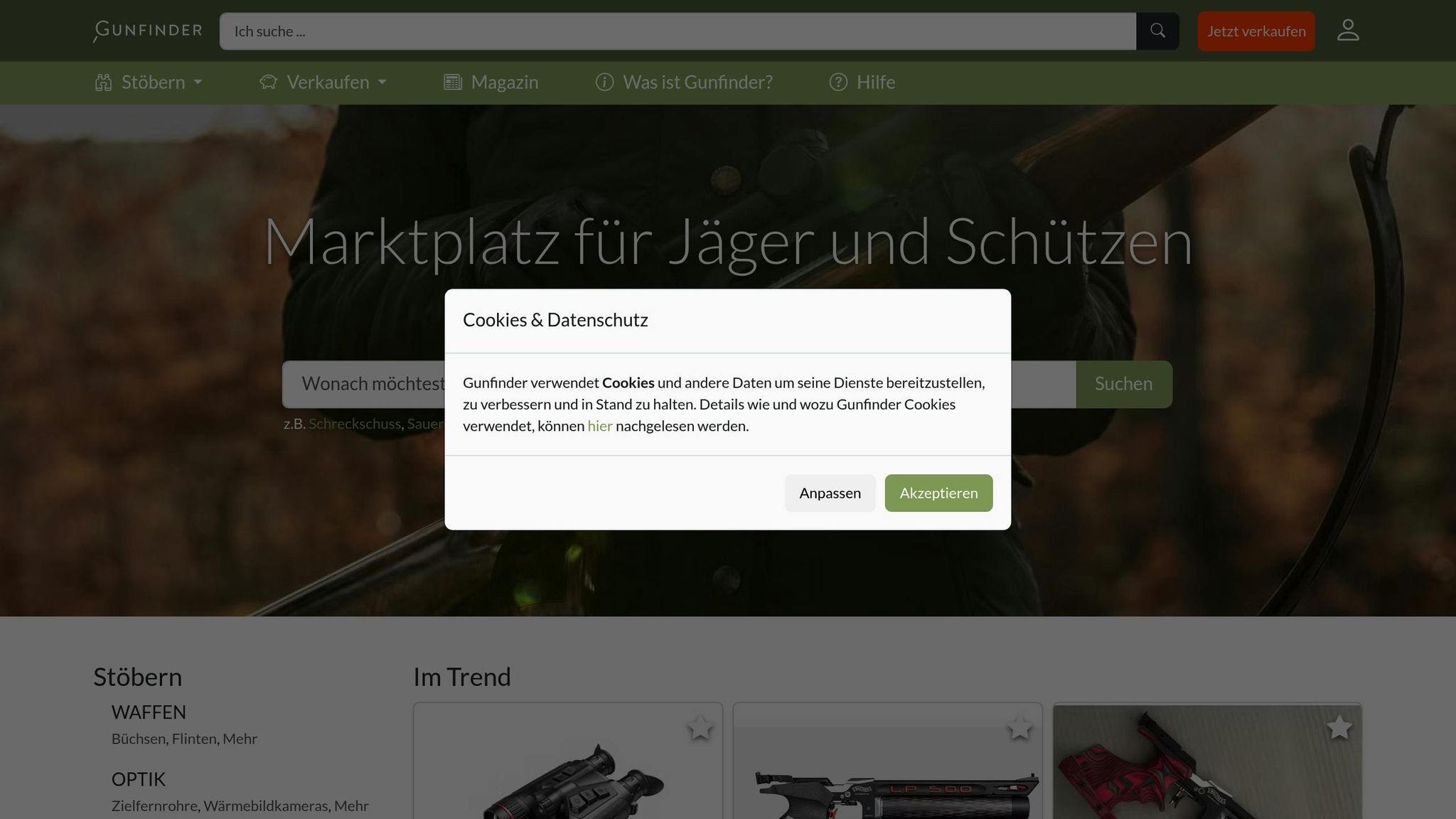
Gunfinder offers a wide selection of optics for every need. With over 441,000 offers and 130 verified dealers, you can easily compare both new and used models.
For budget-conscious buyers, there are numerous entry-level models with a strong price-performance ratio. In the premium segment, you will find specialized scopes that meet even the highest demands. The watchlist feature helps you keep track of interesting offers.
With a Trustpilot rating of 4.6 out of 5 stars, Gunfinder is a reliable platform. Users particularly praise the clear layout and good support. Andreas P. writes:
“Very good and clear site with the best offers and great support."
This variety of options allows you to choose optics that perfectly match your requirements.
"The best rifle and scope combination is the one a hunter knows well. No rifle scope can guarantee accurate shots. Lethal shots on big game animals are the result of plenty of target practice."
- Brody Henderson, MeatEater Hunting
Key Differences at a Glance
Here is a summary of the central differences between budget and premium optics. A crucial point is material quality: Premium optics rely on high-quality materials and strict quality controls, while budget optics tend to use simpler materials and undergo less rigorous checks.
There are also clear differences in optical performance. Premium models excel in excellent clarity and sharpness, while budget optics provide solid baseline performance.
Another important factor is durability and weather protection. Premium optics are more robust, more resistant to environmental influences, and have a longer lifespan. Budget models, on the other hand, offer only basic protection and wear out faster.
| Aspect | Budget Optics | Premium Optics |
|---|---|---|
| Materials | Simple components | High-quality specialty materials |
| Optical Performance | Solid baseline performance | Outstanding clarity and sharpness |
| Durability | Limited protection, shorter lifespan | Extended protection, longer lifespan |
| Warranty | Limited | Comprehensive manufacturer warranty |
The price-performance ratio deserves special attention. While budget optics may seem cheaper at first glance, frequent replacement purchases can make them more expensive in the long run. Premium optics, on the other hand, are a long-term investment that pays off through their durability and better performance.
"Investing in quality eyewear enhances your vision and provides long-term value." - Discover Eyecare
The choice ultimately depends on your needs: For occasional use under good conditions, budget optics are often sufficient. For regular use or challenging conditions, premium models are the better choice.
Thanks to the wide selection at Gunfinder, you can compare both categories and find the optics that perfectly match your requirements and budget.
FAQs
Why Do Premium Optics Perform Better in Poor Light Conditions than Budget Optics?
Premium optics show their strengths especially in low light. Thanks to a larger exit pupil, more light enters the eye, resulting in brighter and clearer images—even in twilight or darkness. Additionally, they feature high-quality coatings that reduce reflections and enhance contrast, significantly improving visibility under difficult lighting conditions.
Another advantage is the light-strong lenses with larger apertures, such as F2.8. In contrast, budget optics often offer only smaller apertures, like F5.6, which limits their performance in low light. These features make premium optics the perfect choice for demanding tasks such as hunting, wildlife observation, or photography in poor lighting conditions.
How Does Material Affect the Quality and Durability of Optics?
The Importance of Material for Optics
The material of an optic is a crucial factor when it comes to quality and longevity. High-quality options such as special optical glass or sapphire are characterized by their high scratch resistance and resilience to extreme conditions—perfect for a long lifespan. For those who are frequently on the go or use their optics in demanding environments, lightweight and impact-resistant materials like polycarbonate or Trivex offer a practical solution.
On the other hand, cheaper optics are often made from simpler materials. While these are less expensive, they cannot compete in terms of durability and optical clarity. They tend to get scratches or damage more quickly, which limits their usability and performance. Therefore, choosing the right material is crucial for long-term satisfaction.
When Is It Worth Investing in Premium Optics Instead of Budget Models?
Premium optics are an excellent choice if you have particularly high demands for image quality, light transmission, and durability. They show their strengths especially in poor lighting conditions, as they generally offer superior performance. This is due to the use of high-quality materials that are not only robust but also less prone to damage.
Additionally, many premium models are equipped with special coatings that minimize reflections and significantly improve visibility. For hunters and shooters who rely on their optics regularly, these advantages often justify the higher price.



